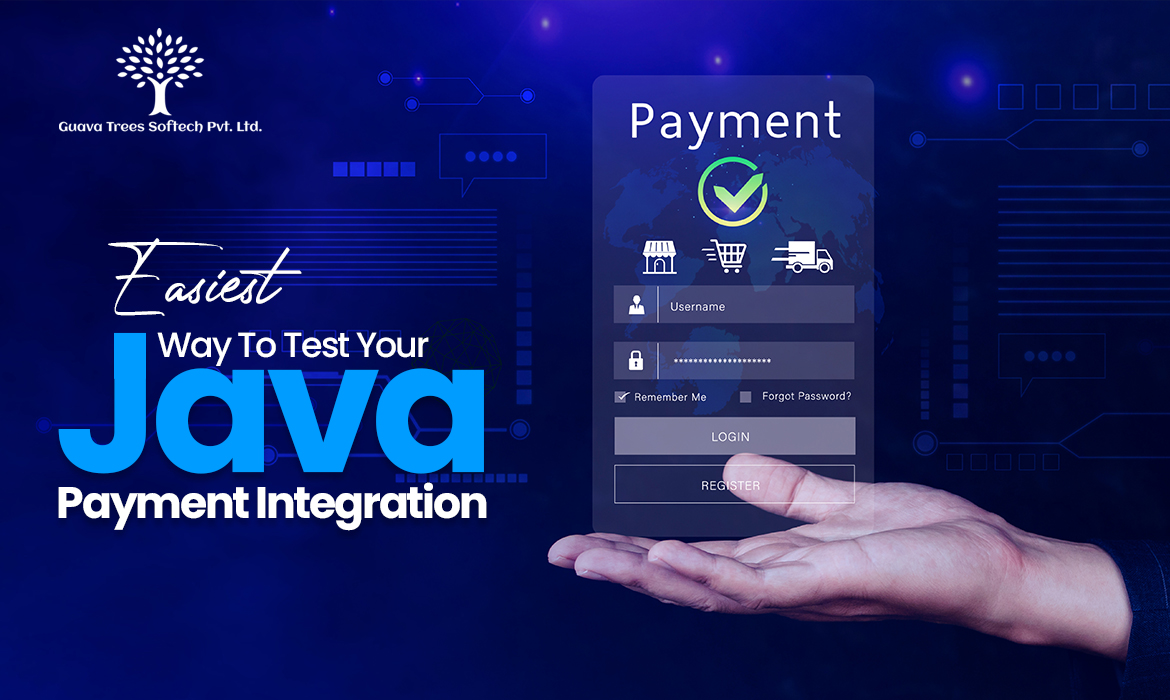No fuss. No code. Just easy steps that deliver.
You’ve installed a payment system on your Java site or application. Good work!
Now you need to test it without losing sleep (or dollars). You may ask yourself:
How do I know it really works?
What if the payment fails half-way?
Will my customer receive the correct message?
Can I test all of this without going live?
The solution is: Yes, you can try everything—and here’s how.
Step 1: Go to Sandbox Mode (Your Testing Playground)
Always begin in sandbox or test mode before handling real money. All the popular payment processors have this to offer.
Why use sandbox mode?
- It mimics actual payments.
- You do not require a live credit or debit card.
- You do not risk confusing your customers or conducting actual transactions when testing.
How to turn it on?
- Log into your payment gateway (e.g., Stripe, Razorpay, Cashfree)
- Change to test/sandbox mode from your dashboard
- Utilize the test credentials they offer (test keys or test accounts)
Real-life example:
Suppose you’re developing a travel booking website. In sandbox mode, you can simulate the entire process of booking a ticket—select a seat, go to payment, complete it—without debiting your card or impacting inventory.
Step 2: Play Out Common Payment Scenarios
This is where you intentionally “break” your system (don’t panic, it’s alright!).
Successful Payment
This is your success case. The system will display a nice “Payment successful” notice, flag the order as paid, and trigger a confirmation.
Failed Payment
Make a test purchase with a mock-up card pretending to be an expired or incorrect OTP card.
What will go wrong? The user must receive “Payment failed” and have an option to retry.
User Exits During Payment
You click “pay,” and then close the tab. Your system should not approve the order or charge the customer. It should remain in “pending” or “cancelled” state.
Slow Payment Confirmation (UPI or Net Banking)
Payment confirmation takes a few seconds extra in some instances.
Your system should display something like “Processing…” and refresh when it receives the final status.
Duplicate Payments
What happens if the user clicks “pay” twice? Your app doesn’t want to charge them twice. Most gateways assist in this, but you should still test it.
Step 3: Verify Payment Notifications (Webhooks)
Suppose your customer pays successfully, and everything works fine—but your app doesn’t update the order. That’s a bug.
Webhooks are automated notifications your payment gateway sends to your application when something occurs (e.g., payment success or failure). Your app must “listen” for the notifications and respond accordingly.
Real-world example:
You pay for a concert ticket. Your payment goes through, but your application never receives it. Why? Because your application did not receive the webhook correctly. Testing this prevents you from having embarrassing moments.
Step 4: Monitor and Log Everything
During testing, you should:
Write down every attempt at a transaction
- Document what the response
- Store error messages (even test ones)
- Store when the webhook reaches your app
Why does this help?
Because when it fails, you can refer back and understand what went wrong. Suppose you receive a customer complaint. Instead of speculating, you check the logs and understand exactly what occurred.
Step 5: Final Live Test with Real Money (Tiny Amount)
Once all works in sandbox mode, perform a small live test with your own debit/credit card.
Tip:
- Attempt to purchase the lowest priced item on your site (e.g. ₹1 or ₹10)
- Test if the transaction is seamless from beginning to end
- Check your payment dashboard to ensure it appears
Real-life example:
You run an online course platform. You enroll in a ₹10 test course and pay for it as if you were a real student. You verify that your email trigger, user dashboard, and admin panel all act properly. If so—you’re golden.
Bonus Tips
- Test on Mobile and Desktop
Some of your users may pay via their phones. Try out how your website functions on mobile — is the payment page responsive? Are the buttons accessible?
- Try Multiple Payment Methods
If you’ve enabled UPI, cards, wallets, and net banking—test all of them. Some methods behave differently in the backend.
- Double-Check Confirmation Emails
Does your system send out a receipt or confirmation email after payment? If not, now’s a good time to fix it.
- What Happens When Something Fails?
Don’t just test for success. Intentionally mess up:
- Enter the wrong OTP
- Use a blocked card
- Cancel halfway through
How does your app respond? The better it deals with failure, the more trustworthy it feels to customers.
Final Thought: Keep It Real, Keep It Simple
Testing isn’t only for coders. It’s for business owners, marketers, and customer support staff as well. Don’t need to code — just know what should occur and test like a genuine user.
When you take the time to test now, you prevent irate customers and uncomfortable refunds later.







